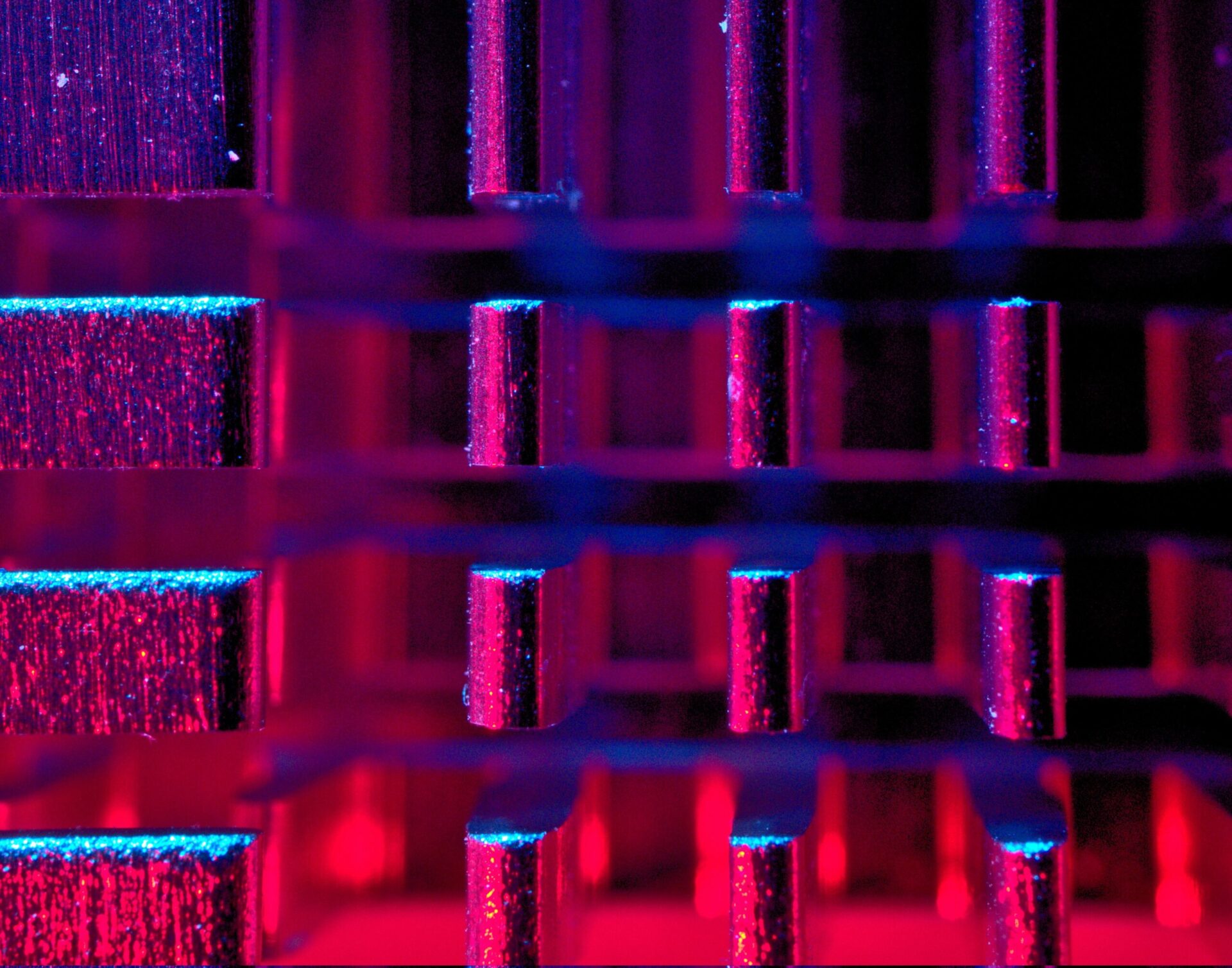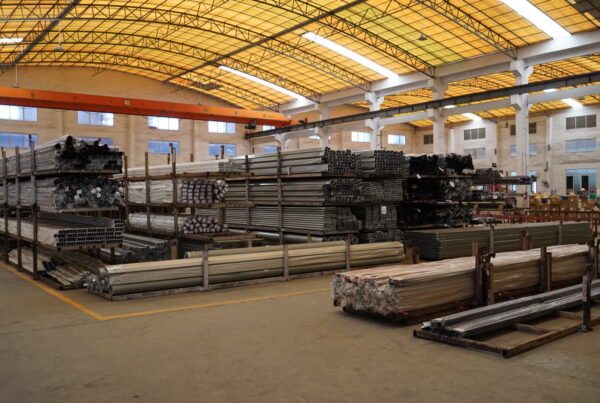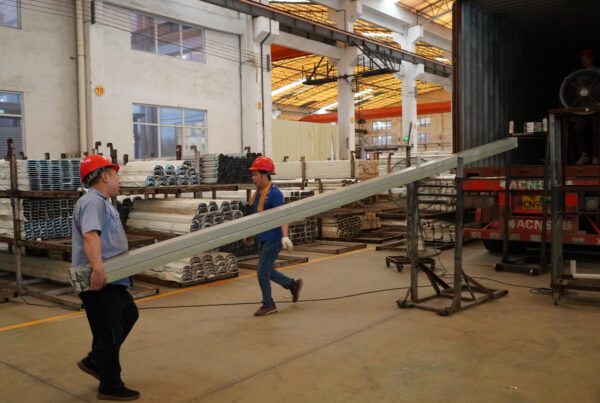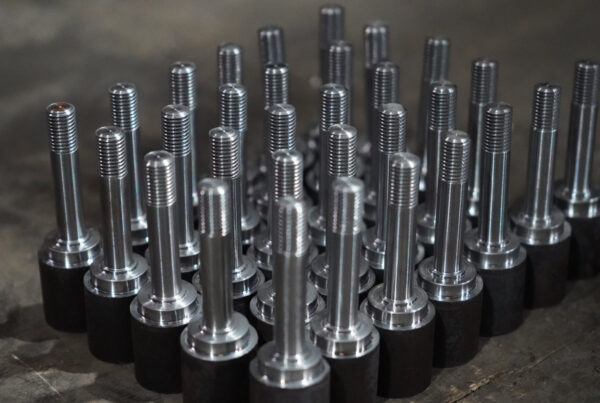No matter the application, be it LED lighting or Integrated Circuits, you need to think about cooling. The most common way to provide effective cooling on these types of products is through the use of an Aluminium Heatsink.
Heatsinks are generally made by extrusion, but there’s many different ways to manufacture them based on the overall requirements.
The two most common Aluminum Heatsinks
Aluminium Heatsinks can be broken into two main types. These are Active and Passive Heatsinks.
Active Heatsink
An active heatsink will generally have an additional method to assist with cooling, most commonly a fan. Due to the nature of the moving parts of the fan they are more likely to have premature failure after prolonged usage.
Passive Heatsink
A pass heatsink doesn’t have any additional cooling assistance and the most common type. They’re typically chosen as they cost less and will be far more reliable in the long term due to the lack of additional moving parts.
Material Choice
The majority of heatsinks are made with Aluminium, however there are some that also use copper, which is far more expensive due to the raw material cost. Each material has its strengths and weakness and will ultimately depend on your application.
Aluminum Heatsink
As mentioned, the majority of heatsinks are made with Aluminium. Aluminium has great thermal properties and is lightweight, making it an ideal choice for most applications. Additionally the material cost is relatively low, and be easily recycled at the end of its life cycle.
Aluminum heatsinks can be produced using a variety of manufacturing methods. The majority are produced through an extrusion process.
Copper Heatsink
Copper has far superior thermal properties to Aluminium, however there are a number of downsides when comparing the two. Copper is more expensive and a heavier material vs Aluminium. Copper Heatsinks are generally used in higher end applications that require demanding thermal dissipation.
Manufacturing methods
Depending on your application will usually determine the manufacturing method of an aluminium heatsink. The most common method for production is extrusion due to its relatively low cost.
CNC Machining
When your application requires very specific thermal specifications, CNC is the best method as it allows you to make complicated geometry. Your design can be complex, however due to the nature of CNC machining, the more complex the design the more the machine time required, and thus the higher the cost.
Stamping
For very low cost applications, stamping is an effective method of manufacturing an Aluminium heatsink. The thermal fins used in the heatsink are stamped in a die tool and then welded to a base. While the cost is low, the thermal properties are generally not as good as an extruded or machined part.
Summary
Ultimately depending on your application, there are a number of options and methods available. If you’re in need of high quality aluminium heatsinks, please get in touch with us today to discuss your requirements.
Our engineers can help you determine the best balance of cost vs performance for your specific needs.



